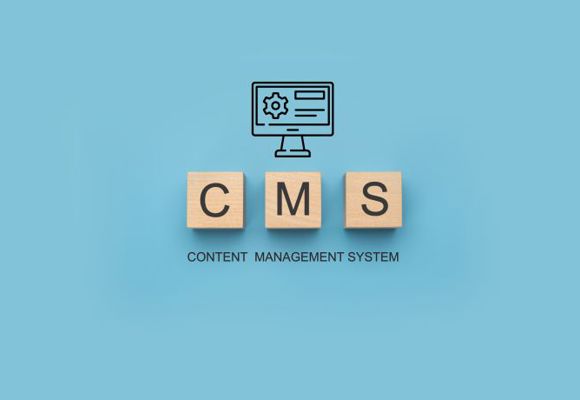December 24, 2024

Content management is revolutionizing the way users consume content and even how that content is created in the first place. There is a lot of ease and flexibility when working with a good CMS (Content Management System) that easily integrates with other services, like identity federation, for example.
Note: this blog is the second in a series.
How much content have you consumed today? Do you feel like you've created a lot of data? Maybe you've been on your company's intranet looking up something at work, and in parallel, are on a personal device accessing a web service to review some financial information. The point is that data and content are significant drivers of today's digital world. It's not much of a surprise that leaders in the space are shifting away from 'content management' and defining today's environment as more of a digital experience. Data and content delivery without a good user experience, robust security, and a good development foundation can slow the business down and create headaches.
Looking at the market in general, organizations of all sizes are looking at better ways to improve user interaction and content access. They want users to get their information and remain productive easily. This is a significant reason why the content management industry continues to evolve so rapidly. The goal is to support the imperatives of digital modernization, customer and user experience, and growth in the digital business. For many organizations, content management is seen as the core solution driving much of their digital business.
"As the enterprise content management market shifts to modernized and agile content management in the cloud, the impact will be slowing in traditional on-premise solutions over the next five years," according to Marci Maddox, research manager IDC's Enterprise Content Strategies research program. "Growth will be driven, in part, by content sharing and collaboration solutions adding capabilities for workflow, governance, and records management to their already secure cloud-native, multi-tenant platform. An important driver will be the value the cloud brings to ease of use and the ability to easily add artificial intelligence and machine learning to automate and revitalize internally and externally facing business processes as part of a larger enterprise digital transformation initiative.[1]"
This is where we take a pause. Content and data governance, records management, and multi-tenant platforms are critical for collaboration and workflow. They also introduce levels of complexity when having to manage distributed users coming in from different systems. This is where identity federation comes in. We'll define it in more detail later, but basically, a federated identity creates trust between two parties for authentication purposes. The authenticated user can then convey the information needed to authorize their access to resources. Basically, one system asks another for permission to enter and access the content.
Here's an important point to consider:
Not All Federation Services are Built the Same
In this blog series, we'll use Umbraco as our content management system. From there, we'll explore some of the leaders in the identity federation space, including Okta, Ping Identity, Oracle, Microsoft, and others. It's important to note that identity federation is critical to manage and authenticate users into essential parts of your business. This is why we'll discuss a real-world use case where Umbraco was leveraged as a content management tool alongside a leading identity federation solution.
The Way Users Consume Content is Changing, Are You Keeping Up?
Gartner recently pointed out that the content management market, after about 20 years of development, has reached a certain level of maturity. That is, the market is now entering a new, much broader era of digital experience management[2].
"The driving force is now innovation, rather than customization. Customers are increasingly looking for more modern content management technologies that are built on mesh app and service architecture (MASA), microservices, serverless, and containerized architectures." - Gartner
Specifically, customers are looking for content management solutions that can interoperate with other web services and applications. To deliver the best possible experience, organizations must look at how users are being managed and how the federation is being done. Even if it's transparent to the user, you still need to create a more straightforward federation process for developers and administrators.
Our next blog dives into federation and content in the digital era.
Is a CMS Right for Your Business?
Get in touch and let's figure out the best solution for your needs.


